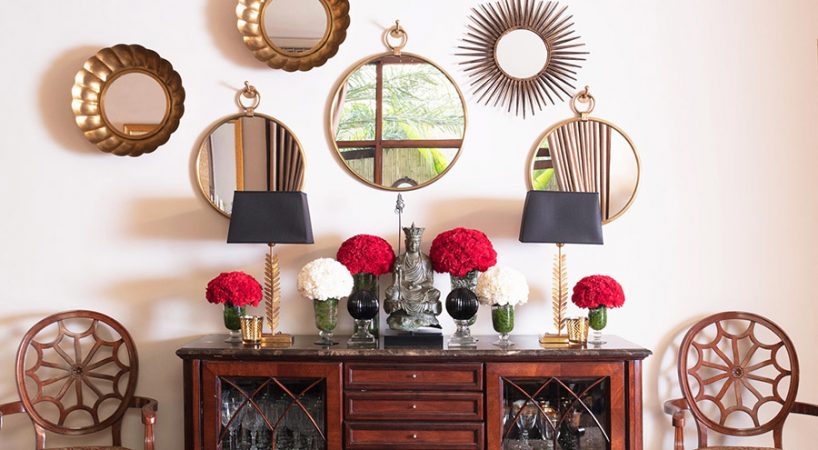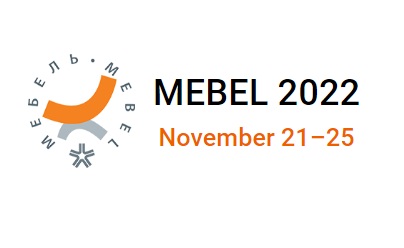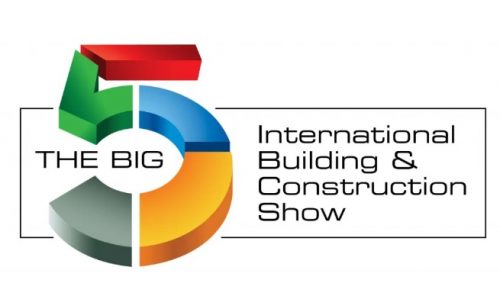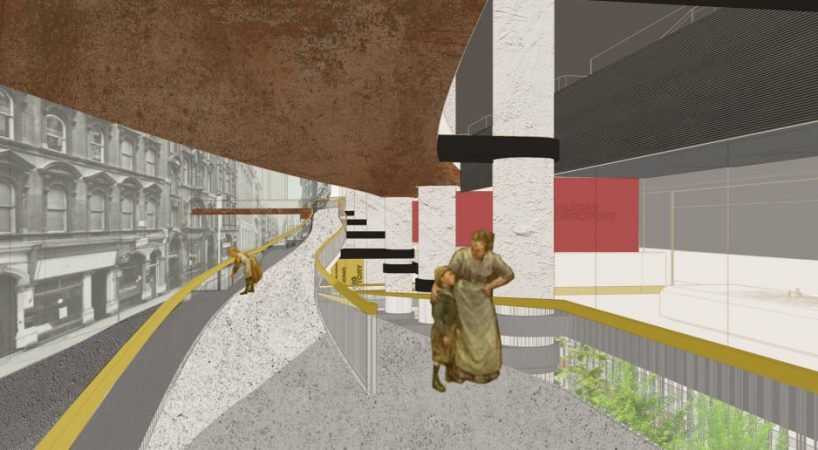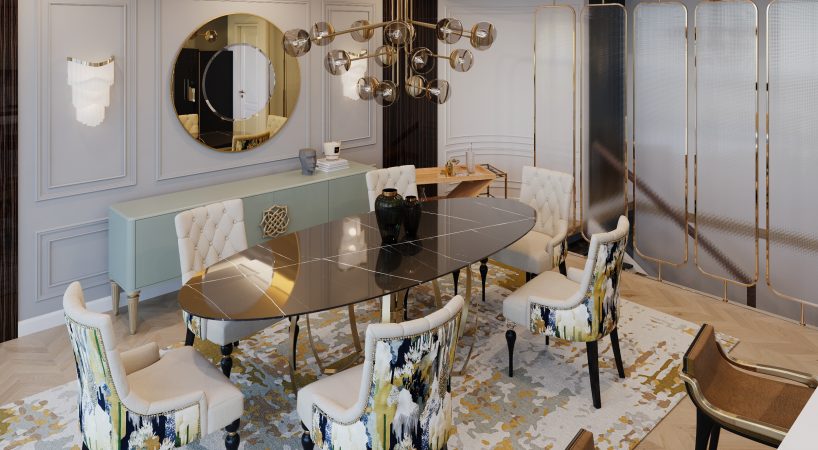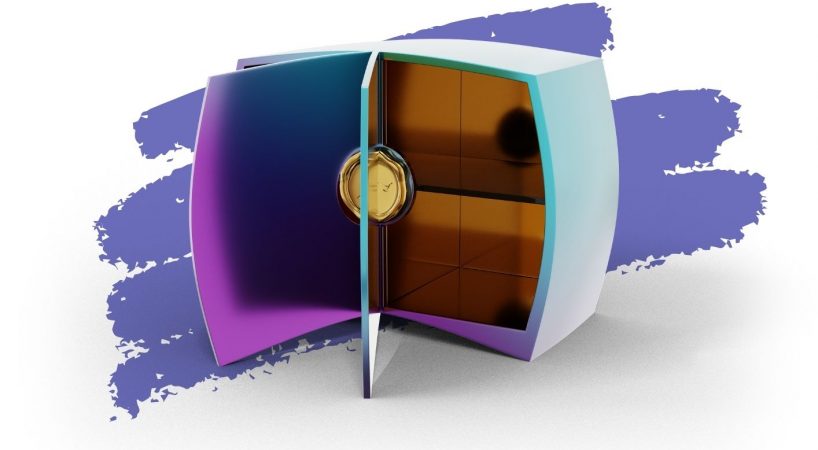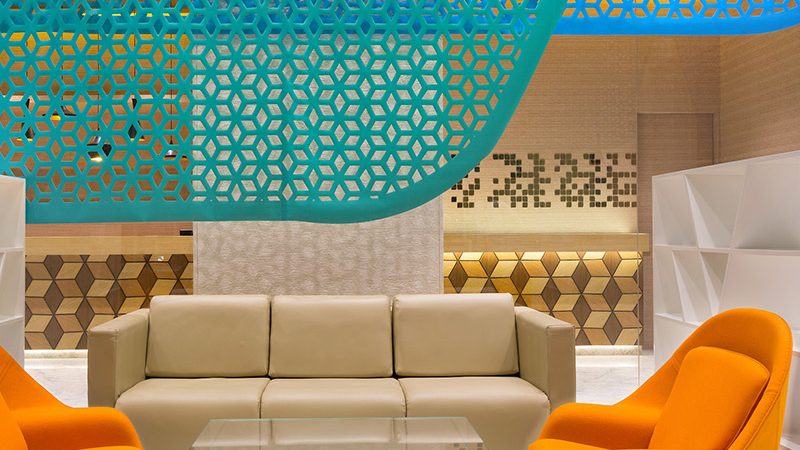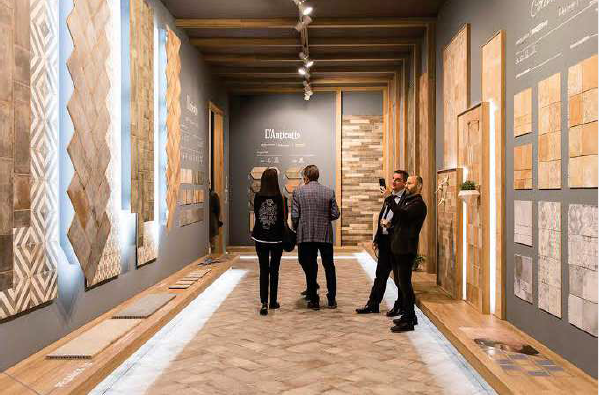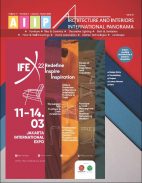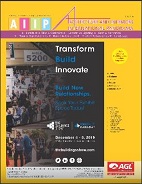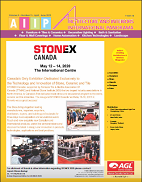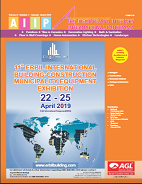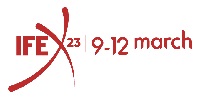LA BIENNALE DI VENEZIA 14th International Architecture Exhibition FUNDAMENTALS
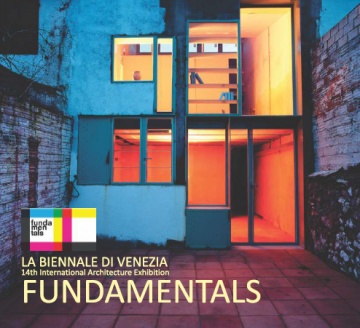
The 14th International Architecture Exhibition, entitled Fundamentals, directed by Rem Koolhaas and organized by la Biennale di Venezia, chaired by Paolo Baratta, was open to the public from June 7 through November 23, 2014, in the Giardini and the Arsenale.
65 National Participations were exhibiting in the historic pavilions in the Giardini, the Arsenale, and the city of Venice.
Among these, 10 countries were participating in the Exhibition for the first time: Costa Rica, Dominican Republic, United Arab Emirates, Indonesia, Ivory Coast, Kenya, Morocco, Mozambique, New Zealand, and Turkey.
This year the Italian Pavilion was based in the Arsenale and organised by the Italian Ministry for Cultural Heritage and Activities with PaBAAC (general direction for landscape, fine arts, architecture and contemporary art), and curated by Cino Zucchi. The title of the exhibition is Innesti / grafting.
22 official Collateral Events, approved by the Director of the International Exhibition and promoted by international institutions, hold their exhibitions and initiatives in various locations in the city.”A Choral Research on Architecture!”, thus Paolo Baratta presents this year’s edition: “With Rem Koolhaas we have created an exceptional, research-centered Architecture Biennale. Rem has planned an event that involves all of Biennale’s sectors, along with a bevy of researchers.
“Absorbing Modernity 1914-2014 has been proposed for the contribution of all the pavilions, and they too are involved in a substantial part of the overall research project, hose title is Fundamentals.
“The history of the past one hundred years prelude to the Elements of Architecture section hosted in the Central Pavilion, where the curator offers the contemporary world those elements that should represent the reference points for the iscipline: for the architects but also for its dialogue with clients and society.
Monditalia section in the Corderie with 41 research projects, reminds us of the complexity of thisreality without complacency or prejudice, which is paradigmatic of what happens elsewhere in the world; omplexities that must be deliberately experienced as sources of regeneration. Dance, Music, Theatre and Cinema with the programmes of our directors (Virgilio Sieni, Ivan Fedele, Àlex Rigola and Alberto Barbera) will participate in the life of the section, with debates and seminars along the six-month duration of the exhibition.” Baratta concludes: “While information gains new tools and updating becomes simpler, it is those dangers of conformity and indifference that preoccupy us; indifference and conformity lead to passiveness and even extinguish the desire or art and architecture. A Biennale exhibition has the duty to oppose this; it has to know how to trip up this move towards conformity and revitalize those desires. Rediscovering “points” of reference to better express those desires is one of the ambitions of the present research, which is of course addressed to the professionals but looks to the general public above all.
” Rem Koolhaas describes Fundamentals an exhibition that consists of three main components:
“Absorbing Modernity 1914-2014 / National Pavilions
For the first time, the national pavilions are invited to respond to a single theme… 65 countries – in the Giardini, at the Arsenale and elsewhere in the city – examine key moments from a century of modernization. Together, the presentations start to reveal how diverse material cultures and political environments transformed a generic modernity into a specific one. Participating countries show, each in their own way, a radical splintering of modernities in a century where the omogenizing process of globalization appeared to be the master narrative.
Monditalia / Arsenale
Also for the first time, Venice’s other biennales and festivals – Dance, Music, Theatre, Film – collaborate with architecture.
In a moment of crucial political change, we decided to look at Italy as a “fundamental” country, completely unique but also emblematic of a global situation where many countries are balancing between chaos and a realization of their full potential. The Arsenale presents a scan of Italy, established by 82 films, 41 architectural projects, and a merger of architecture with la biennale’s dance, music, theatre, and film sections. Each project in Monditalia concerns unique and specific conditions but together form a comprehensive portrait of the host country.
Elements of Architecture / Central Pavilions
This exhibition is the result of a two-year research studio with the Harvard Graduate School of Design and collaborations with a host of experts from industry and academia.
Elements of Architecture looks under a microscope at the fundamentals of our buildings, used by any architect, anywhere, anytime: the floor, the wall, the ceiling, the roof, the door, the window, the façade, the balcony, the corridor, the fireplace, the toilet, the stair, the escalator, the elevator, the ramp. The exhibition is a selection of the most revealing, surprising, and unknown moments from a new book, Elements of Architecture, that reconstructs the global history of each element. It brings together ancient, past, current, and future versions of the elements in rooms that are each dedicated to a single element. To create diverse experiences, we have recreated a number of very different environments – archive, museum, factory, laboratory, mock-up, simulation.
“Biennale Sessions” program for universities
The “Biennale Sessions” project is taking place for the fifth consecutive year. After the extraordinary success of the previous editions, la iennale offers for the 14th edition the “Biennale Sessions” program directed at universities, fine arts academies, and research and educational institutions in the fields of architecture, visual arts and other associations. The goal of the “Biennale Sessions” is to encourage visits to the exhibition by groups of at least 50 students and teachers who will be assisted in the organization of their journey and stay. They will be able to organize seminars in a space made available to them free of charge by la Biennale.











